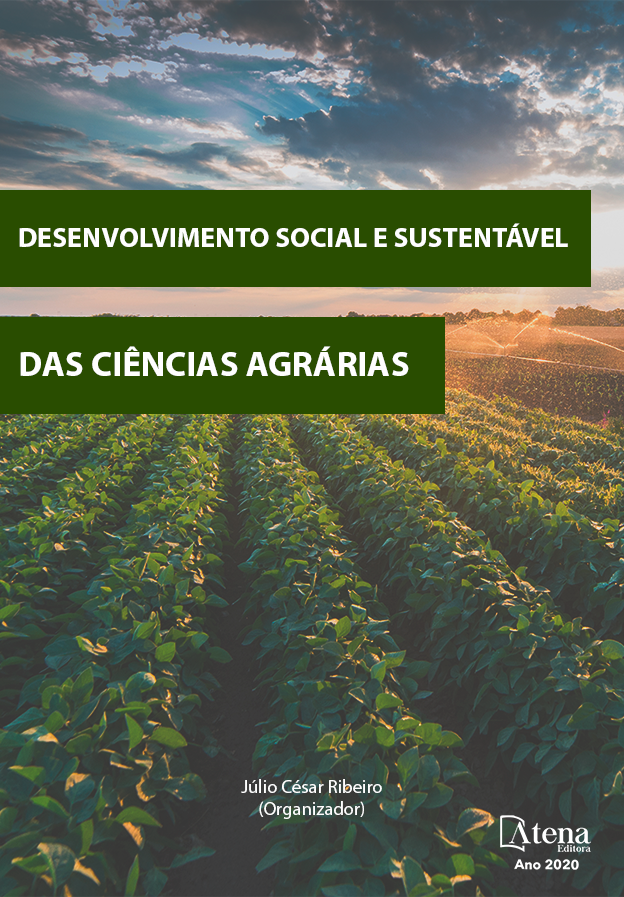
DESEMPENHO DE BOVINOS DE CORTE EM AZEVÉM EM SISTEMAS DE INTEGRAÇÃO LAVOURA E PECUÁRIA (ILP) COM LEVANTAMENTO DE PLANTAS NA EMBRAPA PECUÁRIA SUL
A principal fonte de alimento para os animais na pecuária de corte e leite, de modo geral, se baseia em sistemas de produção em pastagem. Os objetivos do trabalho foram comparar uma área dessecada com glifosato (potreiro 13-A2), com outra não dessecada (13-A1), em que o azevém espontâneo emergiu com outras espécies de plantas, e realizar levantamentos de plantas com potencial forrageiro além do azevém e as indesejáveis ocorrentes na área de estudo. O trabalho foi executado na Embrapa Pecuária Sul, Bagé-RS, onde avaliou-se altura da pastagem, quantidade e oferta de matéria seca, correlação entre altura e MS, ajuste de carga, ganho de peso de bovinos de corte e composição botânica. No potreiro 13-A2 obteve-se maior ganho de peso vivo por hectare do que no 13-A1 em decorrência principalmente da maior quantidade de MS, que permitiu maiores cargas animais sobre pastagem de boa qualidade nutritiva (só azevém). As correlações entre altura e MS do potreiro 13-A1 apresentaram coeficiente de correlação significativo, de 0,56, 0,63 e 0,65 para agosto, setembro e outubro, respectivamente. Já, para o 13-A2, obtiveram-se correlações significativas de 0,87 e 0,88, para agosto e setembro, não havendo associação entre altura e MS no mês de outubro. Conclui-se que a MS de pastagem pode ser estimada a partir da medição da altura, correlacionando-a com a matéria seca nos meses de agosto e de setembro para o azevém. Já para o azevém com pastagem natural em recuperação, houve correlação positiva nos meses de agosto a outubro. As espécies com bom potencial forrageiro foram regeneradas na área, sendo grande parte delas oriundas do banco de sementes do solo, além de outras plantas semeadas para o melhoramento do campo. A oferta de forragem para os animais esteve sempre acima de 12% em média, possibilitando um ótimo ganho de peso vivo individual.
DESEMPENHO DE BOVINOS DE CORTE EM AZEVÉM EM SISTEMAS DE INTEGRAÇÃO LAVOURA E PECUÁRIA (ILP) COM LEVANTAMENTO DE PLANTAS NA EMBRAPA PECUÁRIA SUL
-
DOI: 10.22533/at.ed.73320131012
-
Palavras-chave: campo nativo, ganho de peso, matéria seca, plantas indesejáveis, potencial forrageiro
-
Keywords: native pasture, weight gain, dry matter, weed plants, forage potential
-
Abstract:
The primary source of feed for animals in beef and milk livestock, in general, is based on pasture production systems. The aim of this study was to compare a desiccated area with glyphosate (pot 13-A2), with a non-desiccated area (13-A1), in which spontaneous ryegrass emerged with other plant species, and carry out surveys of plants with forage potential beyond ryegrass and the weed plants occurring in the study area. The work was carried out at Embrapa Pecuária Sul, Bagé-RS, where pasture height, amount and dry matter (DM) supply, and the correlation between height and DM, load adjustment, weight gain of beef cattle and botanical composition were evaluated. In the 13-A2 pot, a higher live weight gain per hectare was obtained than in the 13-A1, mainly due to the higher amount of DM, which allowed higher animal loads on the pasture of good nutritional quality (only ryegrass). The correlations between height and DM of the pot 13-A1 presented a significant correlation coefficient of 0,56, 0,63 e 0,65 for August, September, and October. For 13-A2, significant correlations of 0,87 e 0,88 were obtained for August and September, with no association between height and DM in October. It is concluded that pasture DM can be estimated from the height measurement, correlating it with DM in August and September for ryegrass. For ryegrass with natural pasture in recovery, there was a positive correlation between August and October. The species with good forage potential were regenerated in the area, most of them coming from the soil seed bank and other plants sown for field breeding. The forage supply for the animals was always above 12% on average, allowing an optimal individual live weight gain.
-
Número de páginas: 15
- João Batista Beltrão Marques
- Ana Cristina Mazzocato


